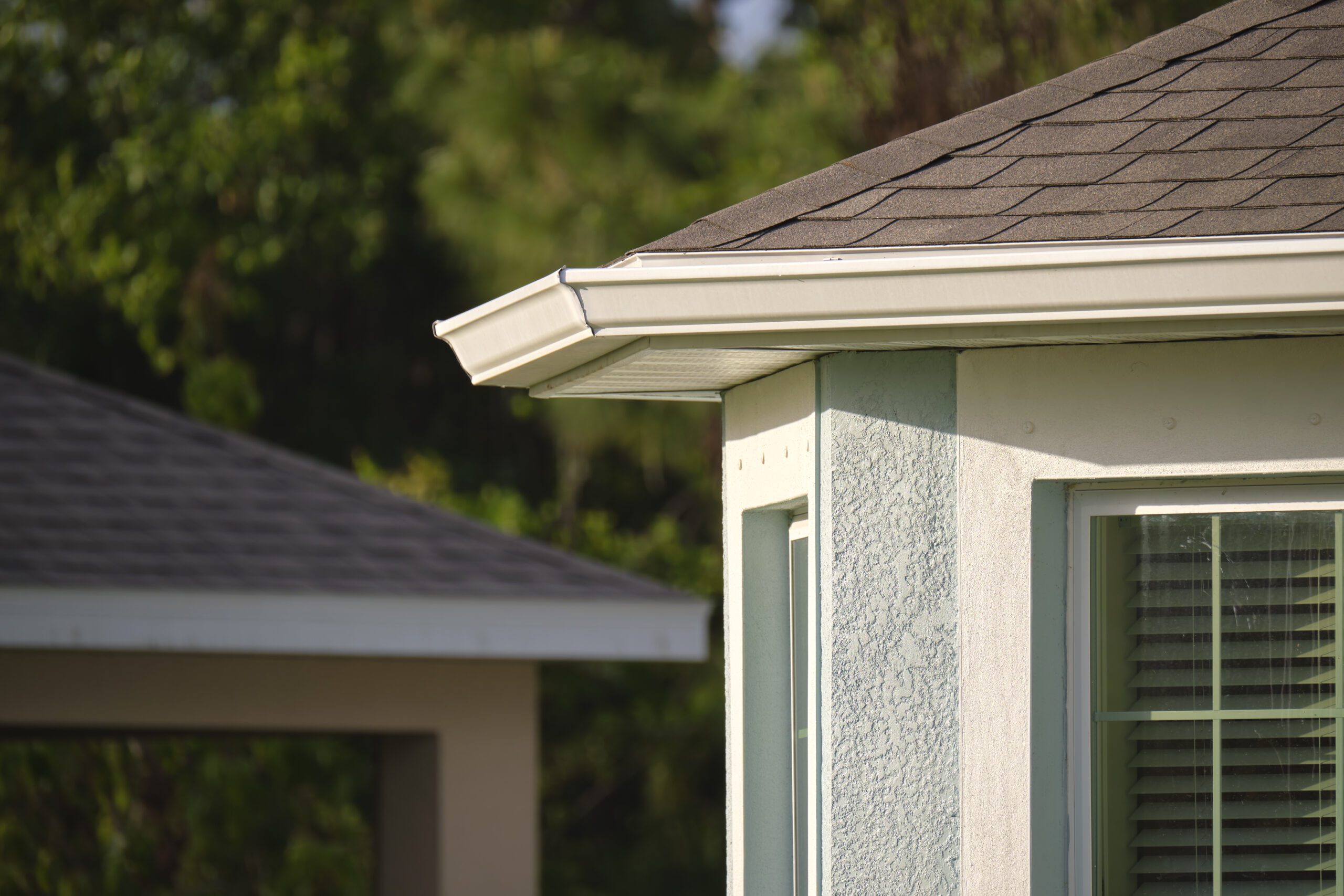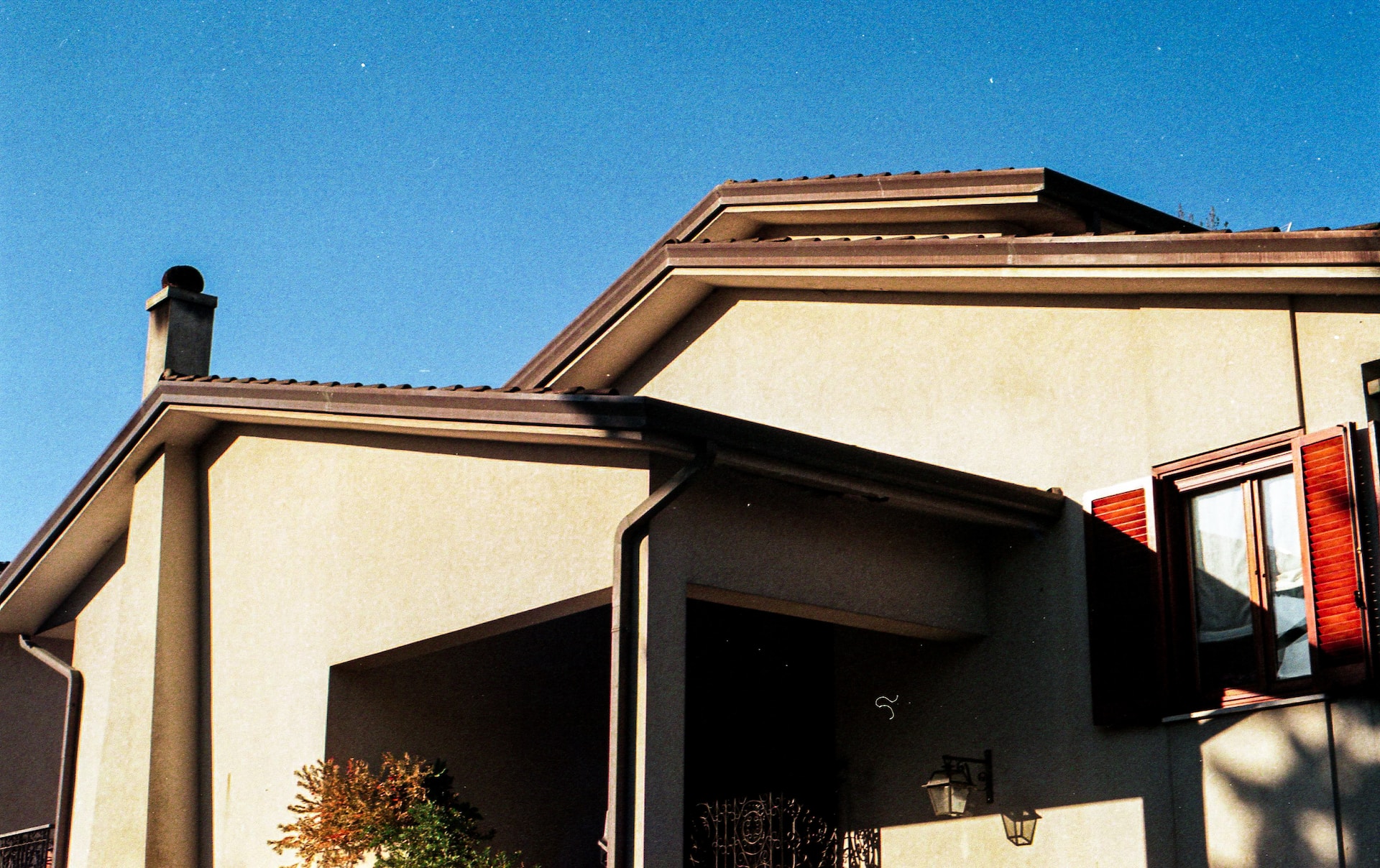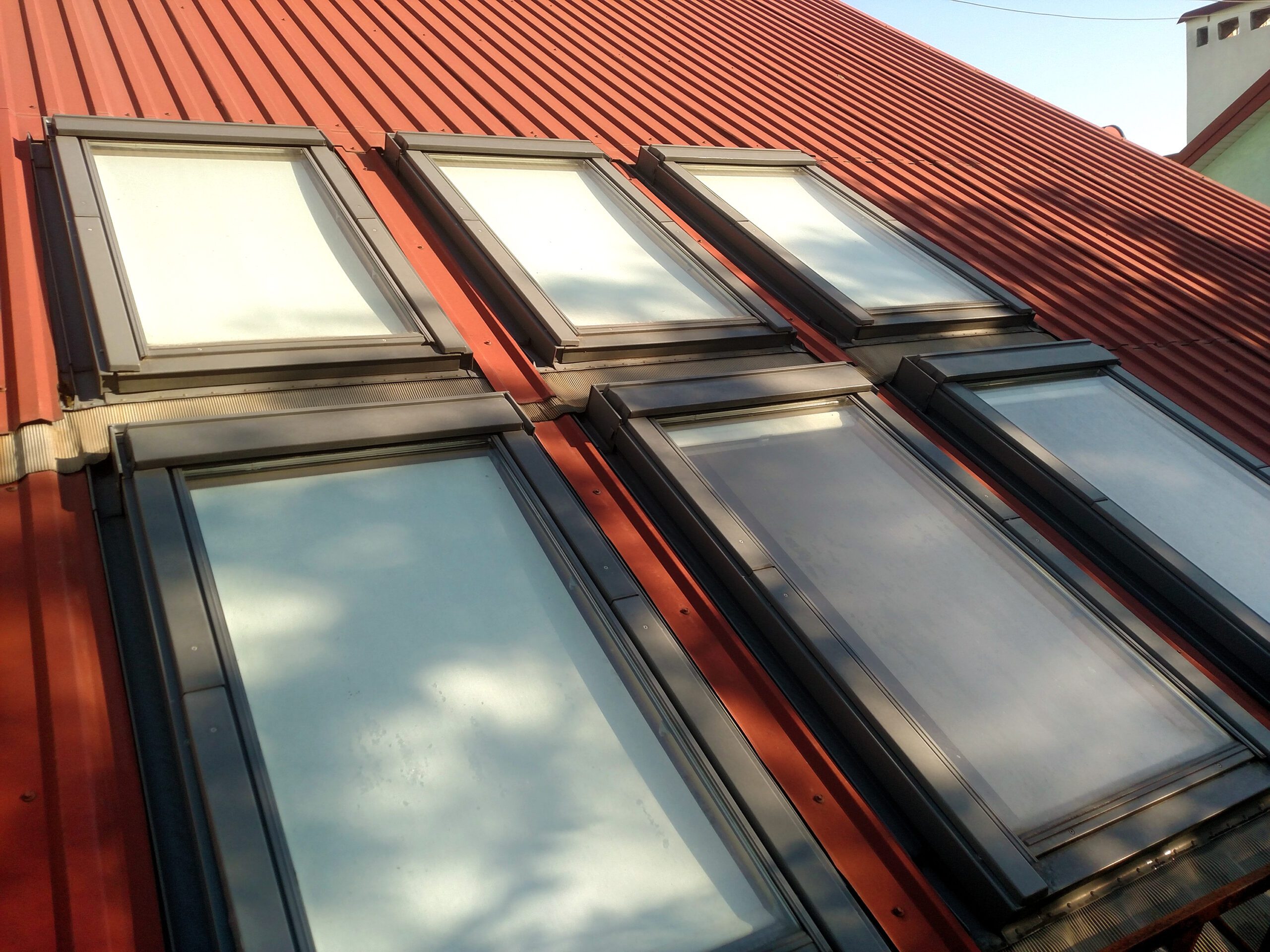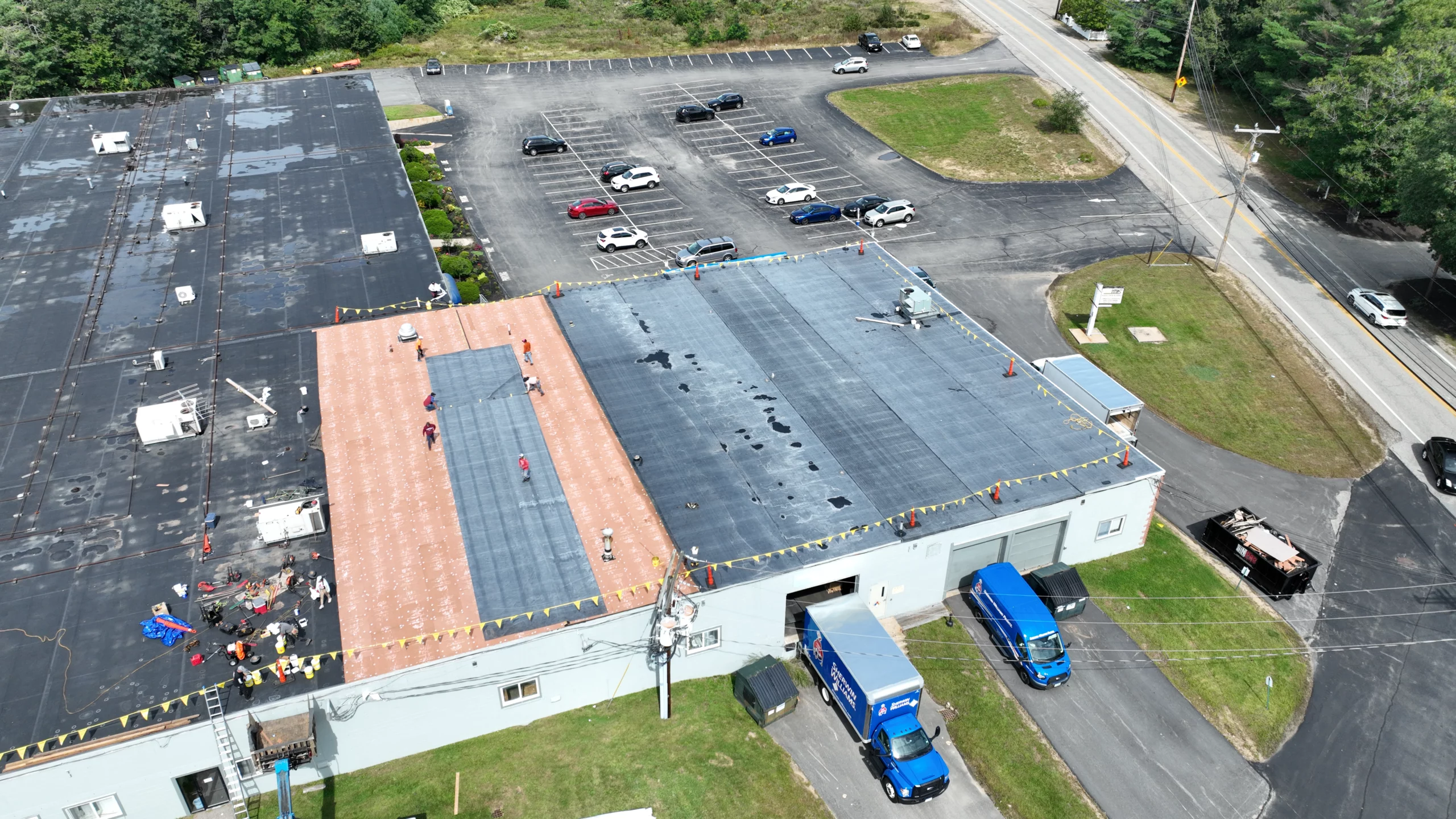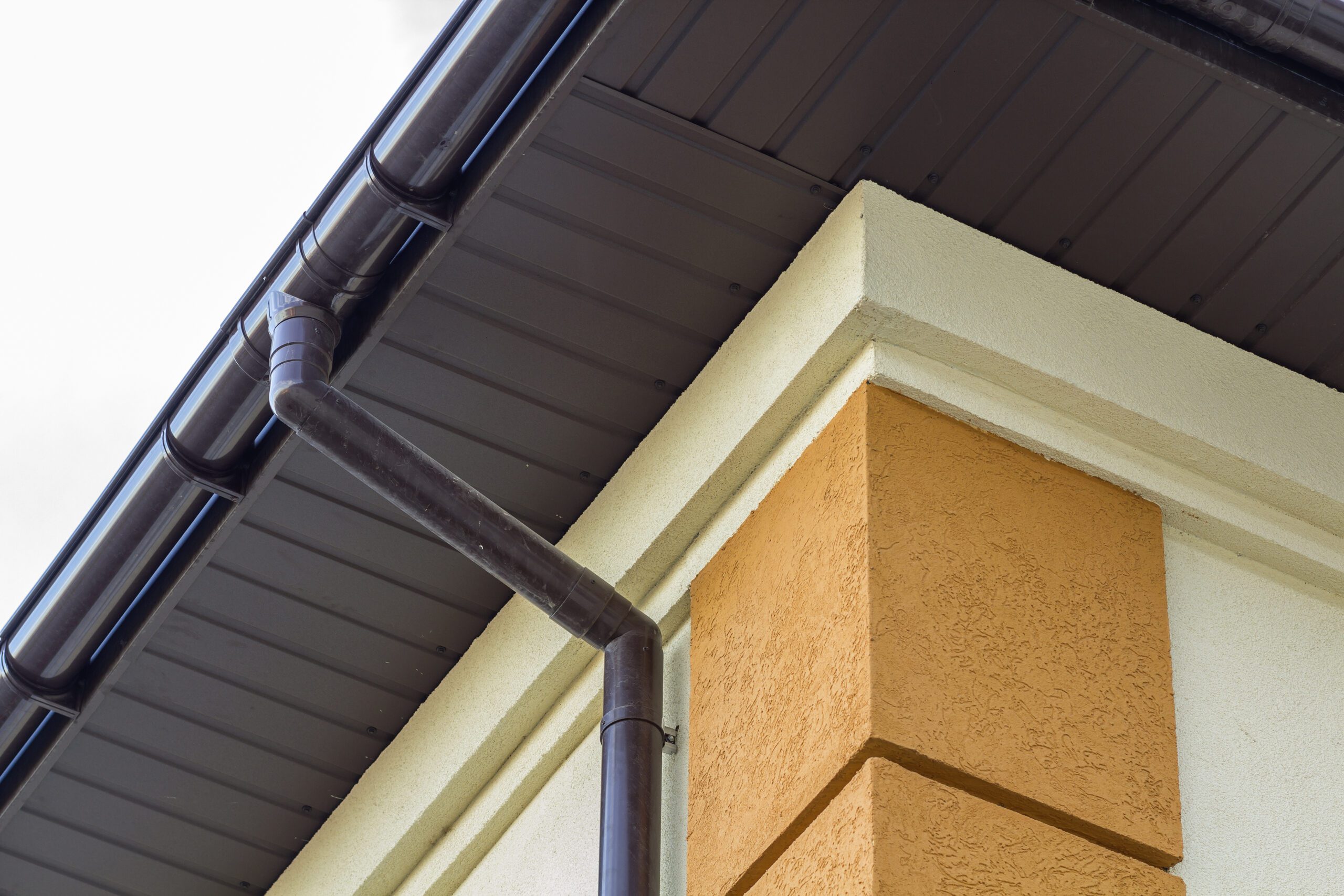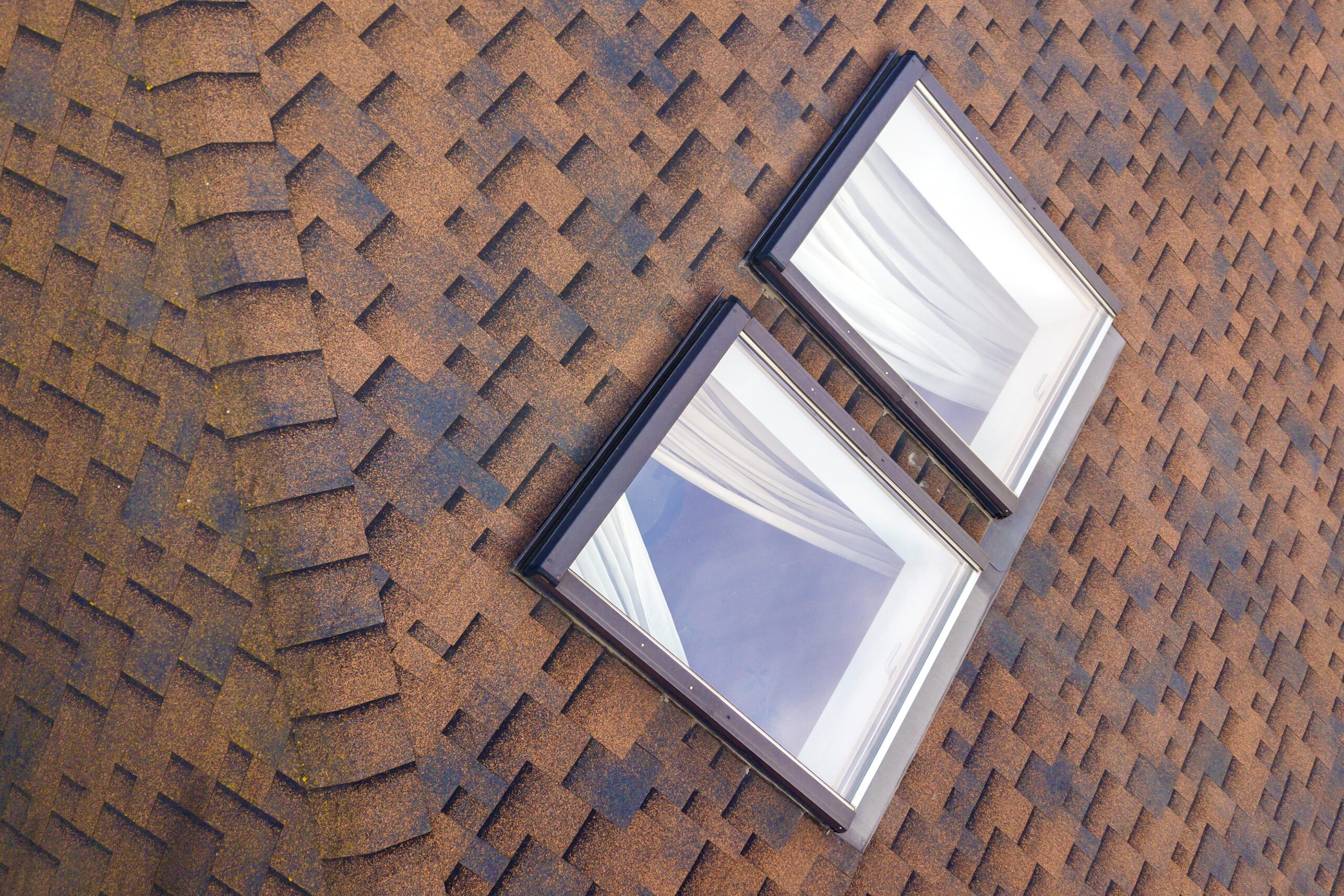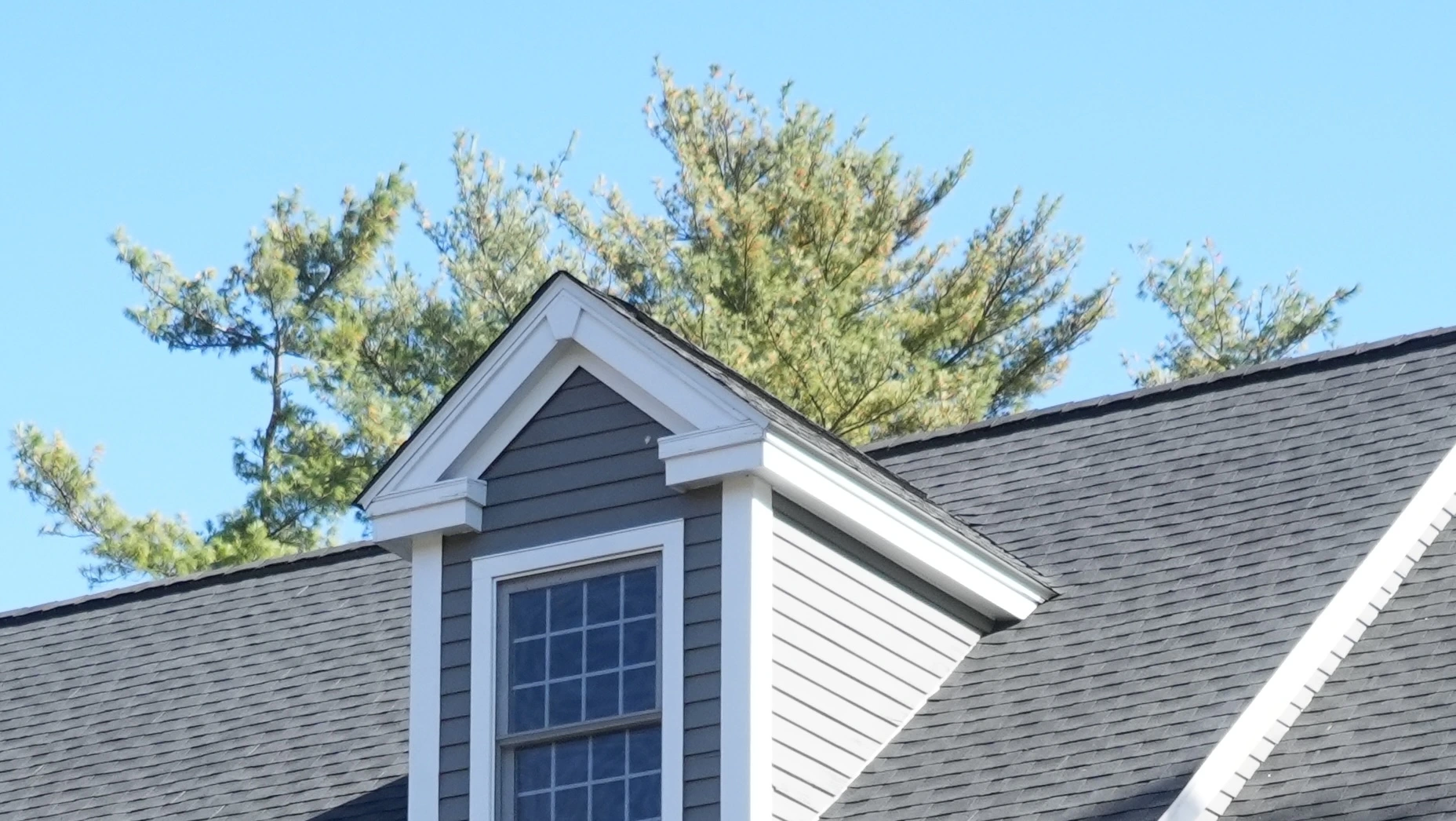Natural light can transform a living space, providing a brighter and more inviting atmosphere while improving your home’s energy efficiency. Velux Skylights offer an effective solution for homeowners looking to enhance their property with abundant natural light. As a trusted residential roofing contractor in New Hampshire and Southern Maine, J. Carnes & Son Roofing helps homeowners elevate their living spaces by installing and maintaining Velux Skylights. In this blog post, we will delve into the numerous advantages of incorporating Velux Skylights into your home and the importance of partnering with an experienced and reliable roofing contractor for optimal installation results.
Velux Skylights are a premium choice for introducing natural light and ventilation into your home while providing a stunning architectural feature. These high-quality skylights are designed with superior craftsmanship, ensuring durability, energy efficiency, and exceptional performance. Velux Skylights are available in various styles, sizes, and configurations, allowing for a customized solution that perfectly complements the unique aesthetics and requirements of your residential property.
Some of the most significant benefits of Velux Skylights include enhanced natural light, improved energy efficiency, and the overall positive impact on your home’s ambiance and aesthetics. Investing in Velux Skylights can create a more comfortable and energy-efficient living environment for your family while boosting your property’s value and appeal.
At J. Carnes & Son Roofing, we specialize in the installation and maintenance of Velux Skylights, ensuring a seamless process and industry-leading service for our clients. In the following sections, we will discuss the essential considerations and benefits of Velux Skylights and provide guidance on selecting a reputable roofing contractor for your skylight project.
Brighten Your Home with Energy-Efficient Velux Skylights
Key Benefits of Velux Skylights
Velux Skylights offer a versatile and practical solution for homeowners seeking to enhance their living spaces. Some of the most significant benefits of installing Velux Skylights include:
1. Increased Natural Light: Velux Skylights introduce an abundance of natural light into your home, creating a brighter and more inviting atmosphere. This influx of sunlight can help reduce your dependency on artificial lighting and contribute to overall energy savings.
2. Improved Ventilation: Some Velux Skylight models can be opened to allow fresh air to circulate within your living space, promoting better indoor air quality and reducing the need for air conditioning.
3. Energy Efficiency: Velux Skylights are designed with energy efficiency in mind, featuring insulated glass and frames to minimize heat transfer and maintain comfortable indoor temperatures throughout the year.
4. Enhanced Home Aesthetics: By incorporating Velux Skylights into your home, you not only benefit from increased natural light and ventilation but also add an architectural focal point that boosts your home’s visual appeal and value.
Selecting the Right Velux Skylight for Your Home
Velux offers a wide range of skylight styles and configurations to accommodate your home’s unique design and requirements. Consider the following factors when choosing the most suitable Velux Skylight for your property:
1. Style: Velux Skylights are available in various styles, including fixed, manual venting, and solar-powered skylights. The ideal choice will depend on your preferences for natural light, ventilation, and user convenience.
2. Size and Placement: Carefully consider the appropriate size and placement of your Velux Skylight to maximize its benefits. Consult with a professional roofing contractor to determine the optimal location and dimensions for your specific needs.
3. Glazing Options: Velux Skylights offer a range of glazing options to suit your energy efficiency and noise reduction requirements. Seek advice from an experienced contractor to help you select the correct glazing option for your home.
4. Additional Features: Innovative features such as remote control operation, blinds, and insect screens can enhance the functionality and convenience of your Velux Skylight. Consider your personal preferences and needs when selecting your desired features.
Proper Installation and Maintenance of Velux Skylights
Ensuring the proper installation and maintenance of your Velux Skylight is crucial for optimal performance and longevity. Partnering with a reputable roofing contractor is essential to guarantee a seamless and successful skylight project.
1. Professional Installation: To ensure a correct and secure installation, enlist the services of an experienced and reliable residential roofing contractor. Professional skylight installation provides peace of mind and protects your investment.
2. Routine Inspections: Schedule regular skylight inspections with your roofing contractor to assess the condition of your Velux Skylight and address potential issues before they escalate.
3. Cleaning and Maintenance: Regular cleaning and maintenance of your Velux Skylight will preserve its appearance and functionality. Consult your roofing contractor for guidance on appropriate maintenance procedures and cleaning recommendations.
Choosing the Right Roofing Contractor for Velux Skylights
Enlisting a trustworthy and experienced roofing contractor for your Velux Skylight installation is essential for a seamless and successful project. Consider the following factors when seeking the right contractor:
1. Experience and Expertise: Select a contractor with extensive experience and expertise in Velux Skylight installation and maintenance for best results.
2. Licensing and Insurance: Ensure your prospective contractor holds a valid license and adequate insurance coverage, protecting you from potential liability or financial loss.
3. Reviews and Testimonials: Research reviews and testimonials from past clients to gauge the contractor’s reliability, professionalism, and customer satisfaction. Request references for further insights into their workmanship and service quality.
Conclusion
Velux Skylights offer an excellent opportunity to brighten your home, improve energy efficiency, and enhance your property’s overall aesthetics. By understanding the benefits and considerations associated with Velux Skylights and collaborating with a trusted roofing contractor, you can ensure a successful skylight project that transforms your living space and adds value to your property.
J. Carnes & Son Roofing is the leading residential roofing contractor in New Hampshire and Southern Maine, specializing in Velux Skylight installation and maintenance. Combining expertise, industry-leading service, and a dedication to customer satisfaction, our skilled professionals are here to help you create an inviting and energy-efficient home with Velux Skylights.
Contact us today to discuss your skylight needs and discover how Velux Skylights can revolutionize your living environment.


